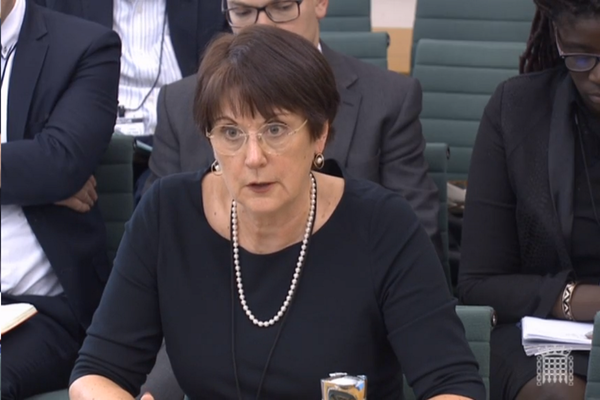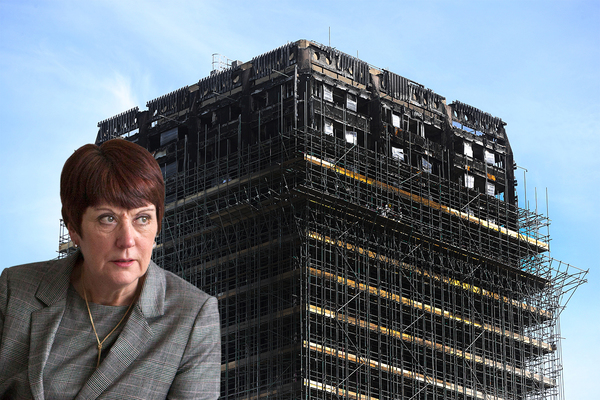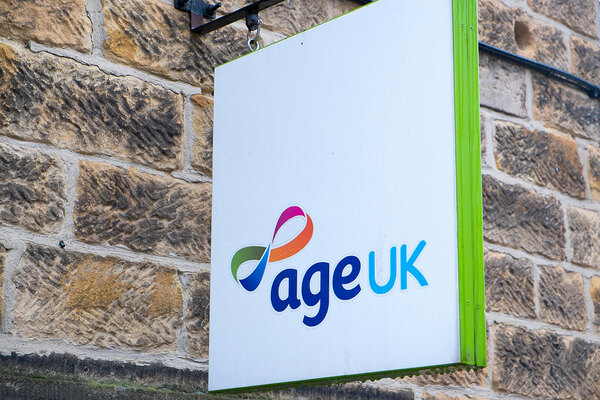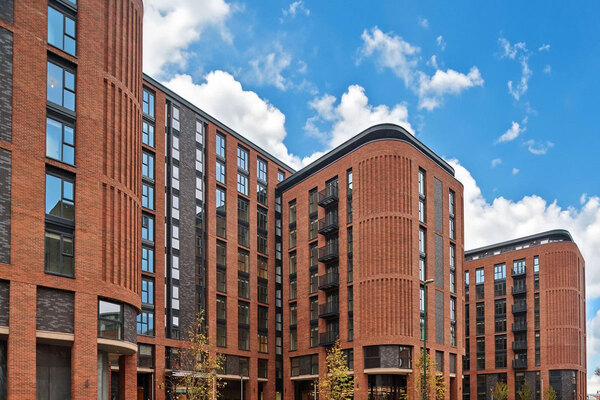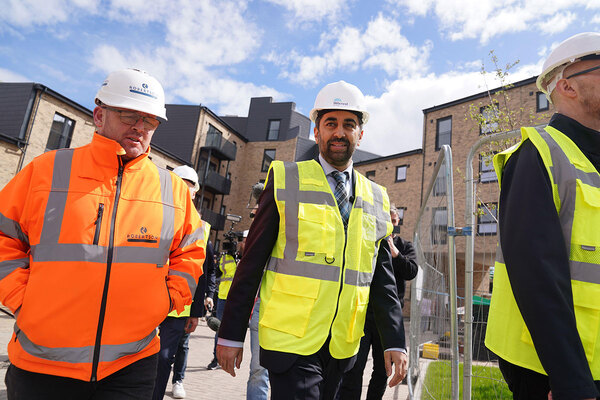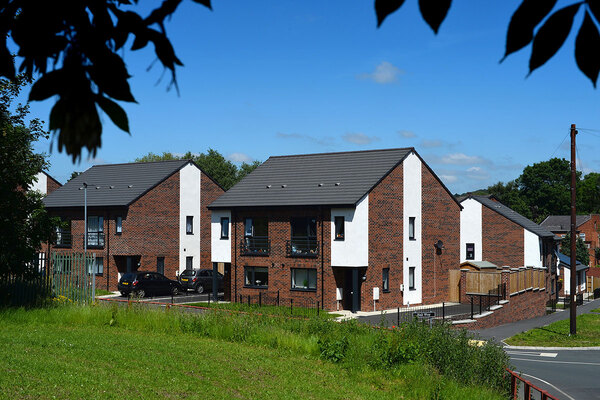You are viewing 1 of your 1 free articles
Government to publish draft legislation on post-Grenfell building regulations
The government is set to publish draft legislation to implement a new post-Grenfell system of building regulation by the end of the month, with legislation expected to be in place in 2021, Inside Housing can exclusively reveal.
Multiple industry sources have confirmed that civil servants are aiming to start the consultation on legislation before the end of May. However, some have said that this may be pushed back to no later than 14 June, the second anniversary of the Grenfell Tower fire.
Inside Housing understands the consultation will last around eight weeks.
Graham Watts, chief executive of the Construction Industry Council, said in a presentation at a Fire Protection Association seminar this week that the government hopes to produce a draft bill in the winter.
This would go before parliament at some point in 2020/21, with a view to legislation being put in place in 2021.
The legislation will aim to implement the recommendations of Dame Judith Hackitt’s post-Grenfell review of building regulations.
One of the key recommendations was that every building should have a designated ‘dutyholder’, which will mean housing associations taking on new responsibilities for building safety.
Rebecca Rees, partner at law firm Trowers & Hamlins, is on the industry response working group for procurement competence. She told Inside Housing: “I have been working specifically on the concept of competency in procurement but, in general, the principle of appointing and employing competent people to construct, manage, operate and maintain high-risk residential buildings will run through the entire life cycle of that building.
“The accountability of the dutyholder cannot be removed through delegation. Therefore, if you are a dutyholder, you will need to ensure that the people you’ve got designing, building, maintaining, operating these buildings are competent. But how do you define competency in a way that is relevant and meaningful to the housing sector?
“It’s going to be a massive sea change and one that will need to be carefully considered by the housing sector – can existing regimes cope or is this an opportunity to create something new, effective and efficient?”
Debbie Larner, head of practice at the Chartered Institute of Housing, added: “There will be a new regulator responsible for building safety. All building owners and landlords will be accountable to the Joint [Competent] Authority.
“It’s likely the chief executive plus the body corporate will have the responsibility of being the dutyholder. They will be accountable for the role or the function of the building safety manager, which they will either recruit to or will deliver in-house.”
A spokesperson for the Ministry of Housing, Communities and Local Government said: “We said in our December implementation plan that we would consult in the spring in more detail on how we propose to take forward building safety reforms, and that remains our aim.”
Three housing associations – L&Q, Salix Homes and Peabody – are designated as ‘early adopters’ of Dame Judith’s recommendations. David Montague, chief executive of L&Q, said in April that this will cause its operating margin to fall by 4% a year for the next five years.
Sue Sutton, executive director of operations at Salix Homes, told Inside Housing: “There will be increased costs. As an example, people moving from Level 1 fire risk assessments to Level 3 and Level 4. I also think it’s about organisations looking at what they’ve already got and how that’s used and how that can be used differently.
“Dutyholder roles, responsibilities, what we might need in the future. We’ve probably got people in our organisation who could do that with a bit more training or a qualification.”
The Hackitt Review implementation plan the government published at the end of last year suggested that when it does consult on legislation, it would consider whether the new system should apply only to buildings over nine storeys or include smaller blocks.
It also said it would use legislation to create “a tougher regulatory framework” and look at ways to “ensure that those responsible for risks fully understand them, own them and take measures to manage and mitigate them”.
This could involve establishing a ‘Joint Competent Authority’, as recommended by Dame Judith.
Any legislation is also likely to affect the building control regime. Dame Judith recommended that a new regime should make it impossible for developers to choose their own building control regulator, as they can at present.
The implementation plan also suggested that the government will consult on ways to better engage residents in decisions about their building and address their safety concerns.

